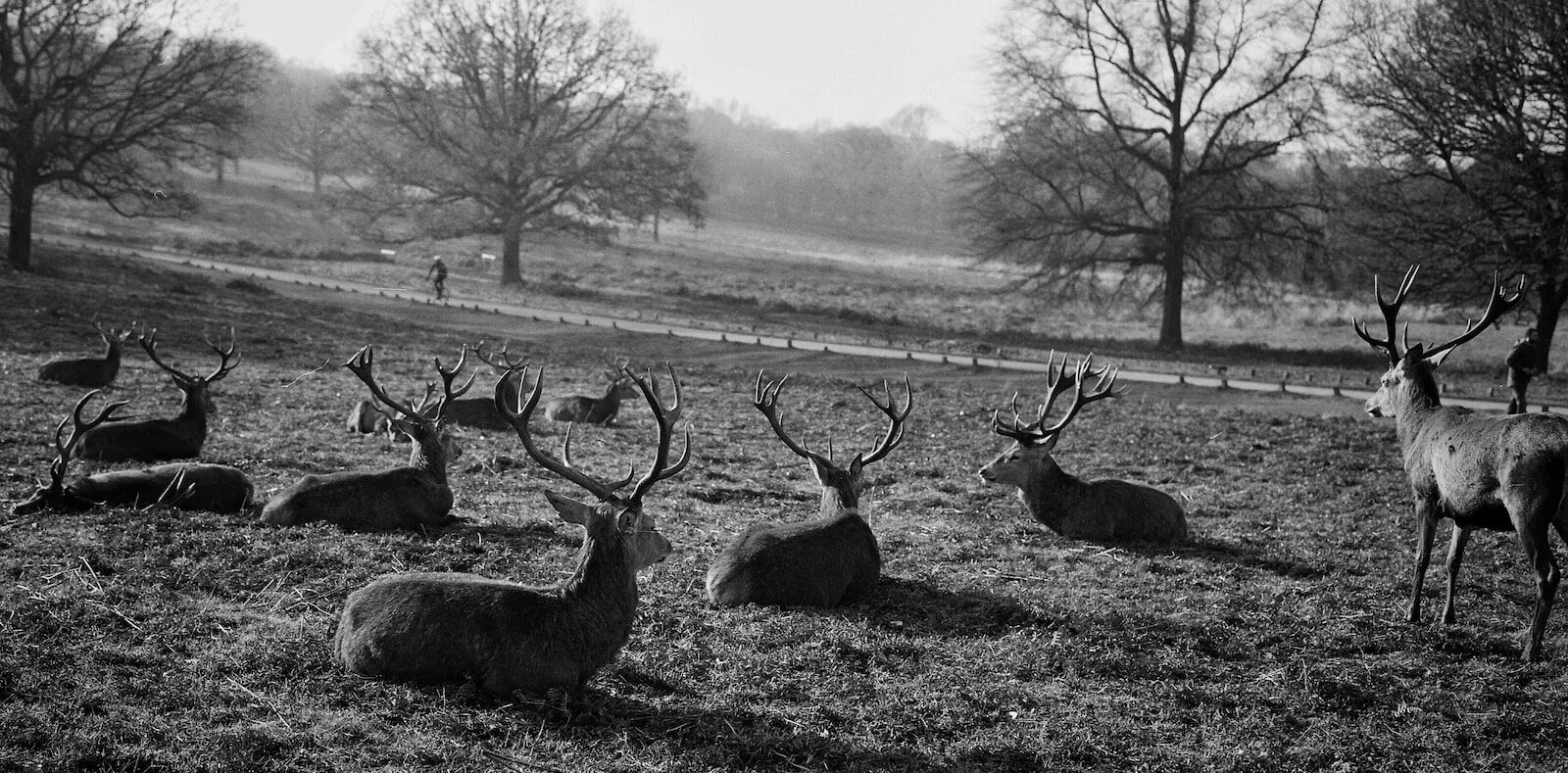Wolves, often painted as the apex predators of the wild, play a crucial role in maintaining the delicate balance of ecosystems.
While their presence can evoke a mix of fascination and apprehension, their impact on wildlife management is a topic of considerable significance.
Culling the Weak and Sick
Wolves have an uncanny ability to identify and target individuals within a herd that are afflicted by illnesses, deformities, or old age. This natural culling process is essential for the overall health and strength of the herd.
Scientific studies have indicated that wolves predominantly select older, arthritic, and diseased deer or elk for their sustenance.
By removing these vulnerable individuals from the population, wolves inadvertently contribute to the well-being of the entire group.
In contrast, human hunters, while effective at controlling population numbers, often target healthier members of animal groups. This practice can inadvertently hinder the overall robustness of the population, as the removal of strong members has a limited impact on the group’s resilience.
Wolves, however, work in harmony with nature’s equilibrium, enhancing the genetic makeup of deer and elk herds by culling those that are naturally less fit.
Maintaining Population Dynamics
The interplay between predator and prey is a dance that shapes ecosystems. Wolves are integral players in this delicate balance, as they keep herbivore populations in check. This ensures that resources like food and habitat are not overexploited, leading to a healthier ecosystem overall.
By targeting individuals that are naturally weaker or more susceptible to disease, wolves contribute to the strength and genetic diversity of the entire herd.
Limiting Chronic Wasting Disease
Chronic Wasting Disease poses a significant threat to deer and elk populations in Wisconsin. This insidious prion disease spreads through infected animals that remain within their herds even after contracting the illness.
Wolves, with their innate ability to target and eliminate the infected or diseased individuals, may hold the key to mitigating the spread of CWD. Their natural culling process disrupts the chain of transmission and slows down the progression of the disease.
The Wolves’ Contribution to Balanced Ecosystems
The presence of wolves in an ecosystem creates a ripple effect that extends far beyond the immediate interactions with their prey.
By maintaining healthy populations of deer and elk through natural culling, wolves indirectly impact vegetation, predators lower in the food chain, and even scavengers.
This complex web of interactions highlights the significance of wolves as keystone species, playing an integral role in the intricate tapestry of nature.
The Impact of Wolves on Deer and Elk Populations
State wildlife managers have meticulously studied the influence of wolves on the populations of deer and elk in Wisconsin.
While initial concerns about the impact of wolves on these populations existed, subsequent observations indicate that wolves’ current predation levels have not significantly affected the elk and deer populations. However, the shadow cast by Chronic Wasting Disease looms large, posing a more potent threat to the health of these herds.
As we navigate the intricate tapestry of nature’s balance, it becomes evident that wolves play a vital part in ensuring the well-being of ecosystems and the animals that call them home.
